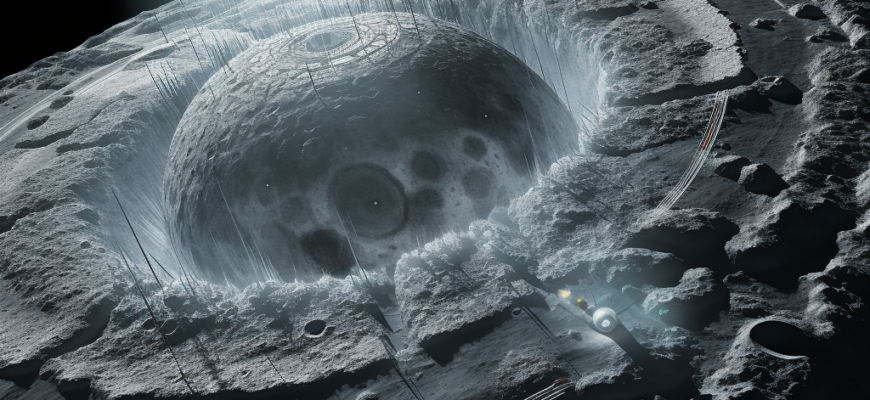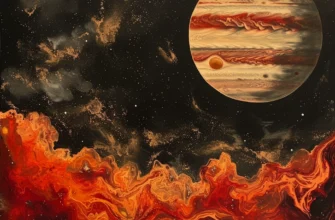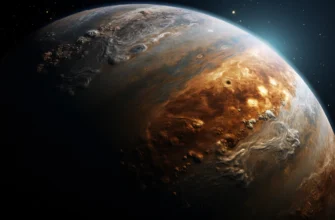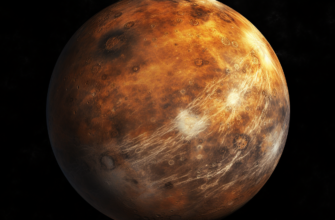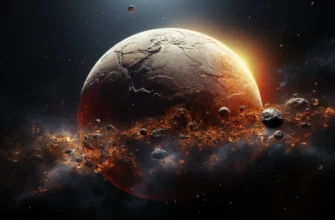Overview:
Water on the Moon has been a tantalizing mystery for astronomers and space enthusiasts alike. With the recent discoveries of ice deposits in the Moon’s polar regions, we’re not just gazing at our celestial neighbor but uncovering its hidden secrets.
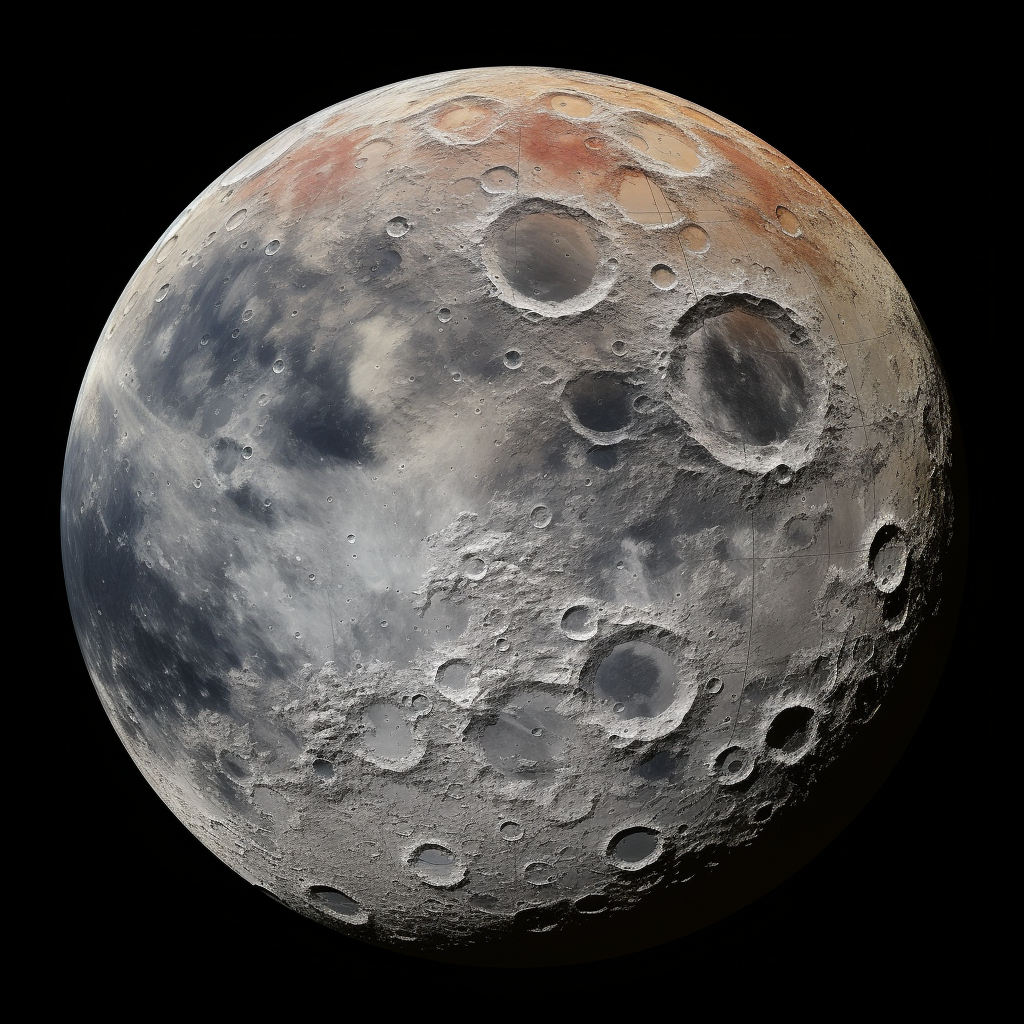
Detection Presious Water On The Moon :
The detection of water on the Moon has been a significant milestone in space science. Using lunar probes and rovers equipped with advanced sensors, scientists have identified water molecules on the Moon’s surface, particularly in its permanently shadowed regions.
The detection process involved utilizing advanced technology capable of analyzing data collected by these spacecraft. The sophisticated sensors onboard these instruments are specifically designed to identify specific chemical signatures indicative of water molecules.
By mapping the distribution pattern and density of the detected water molecules, researchers have gained valuable insights into where additional pockets or reservoirs may be located across the lunar surface. This information is invaluable for planning future missions aimed at extracting and utilizing this precious resource to support human activities on future lunar bases or in deep space exploration.
Ice Deposits and Lunar Geology:
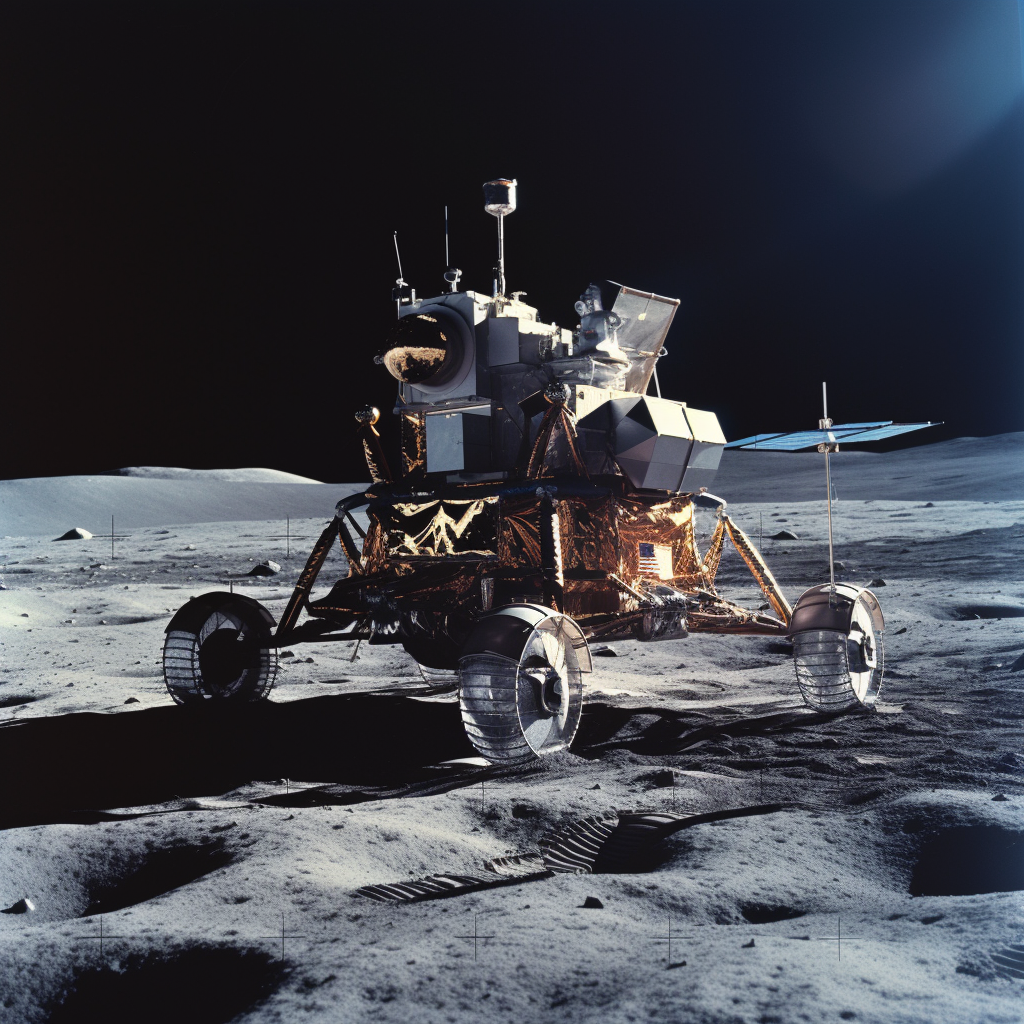
Water on the Moon has long been a topic of fascination and exploration. In recent years, scientists have made exciting discoveries that suggest the presence of ice deposits in the Moon’s polar regions. These deposits are not just simple sheets of frozen water; they are intricately mixed within layers of dust and regolith, creating a unique lunar soil structure.
What makes these ice deposits particularly intriguing is their potential to serve as valuable resources for future lunar missions. Hydrogen and oxygen, which form water when combined, are crucial elements for sustaining life and supporting long-term space exploration. With these ice deposits, we may have found a sustainable source of both hydrogen and oxygen right here on the Moon.
Additionally, the presence of lunar ice could potentially revolutionize space exploration by enabling lunar resource extraction. Water is not only vital for sustaining human life but also serves as a valuable resource in space travel. By utilizing lunar ice mining techniques, scientists could extract hydrogen and oxygen from these deposits to power spacecraft or even produce rocket fuel for further deep space missions.
Water Extraction Technology and Future Lunar Missions:
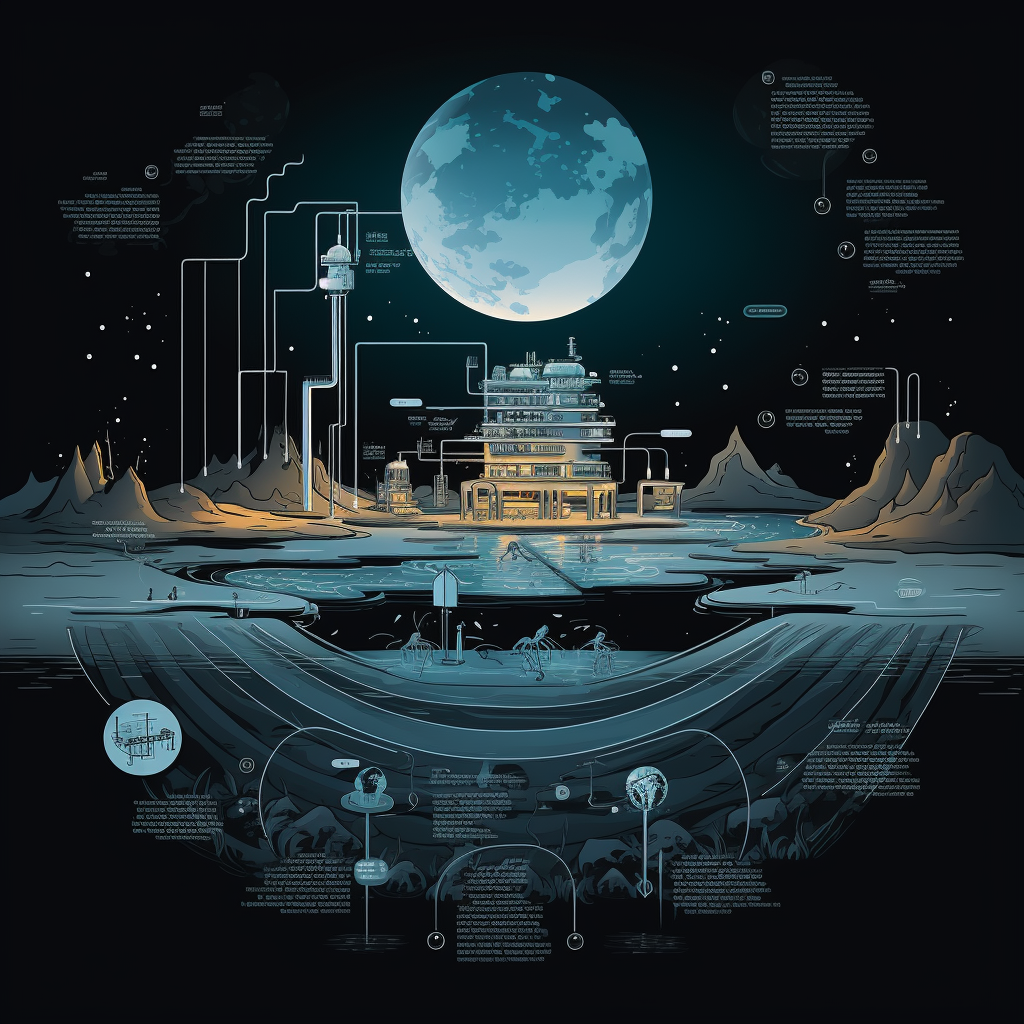
One of the main reasons why extracting water from the Moon’s surface is appealing is because water is an essential resource for sustaining human life. Being able to access this valuable resource on the Moon could potentially enable long-term human habitation and further exploration on our nearest celestial neighbor.
Moreover, water extracted from the Moon could be used as a propellant for spacecraft, reducing the need for payloads to be launched from Earth. This would drastically lower costs and allow for more ambitious space missions. Additionally, hydrogen and oxygen, which can be derived from water through electrolysis, could serve as powerful rocket fuels.
Scientists are currently working on developing advanced technologies that can extract and purify lunar water efficiently. These methods involve drilling or excavating in areas known to contain significant amounts of frozen water, heating it up, and collecting the resulting vapor. Ensuring that these extraction techniques are sustainable and environmentally friendly is crucial to preserve the delicate balance of resources on the Moon.
Conclusion:

The discovery of water on the Moon is a groundbreaking achievement that has far-reaching implications for space exploration and potential human colonization. As we continue to uncover the secrets of our celestial neighbor, this finding opens up new possibilities for sustained human presence on the Moon and beyond. Water is not only essential for life as we know it, but it can also be used as a valuable resource for generating oxygen, fuel, and even drinking water in future space missions. With this knowledge, scientists and engineers can now focus on developing technologies to extract and utilize lunar water in order to make long-duration space travel and habitat establishment more feasible. The discovery of water on the Moon is just the beginning of an exciting journey towards a future where humans can venture further into our solar system.
Potential usefull resourses:
- NASA’s page on water discovery on the Moon: Provides official information and research findings.
- European Space Agency’s (ESA) Lunar Exploration page: Offers insights into European missions and research related to the Moon.
- Scientific journal articles on lunar water detection: For readers interested in more in-depth scientific information.
- ScienceDirect: Water on the Moon (Note: Access to full articles may require a subscription or purchase)
- A link to a space museum or educational site with exhibits on lunar exploration: Engages readers interested in space history and education.

